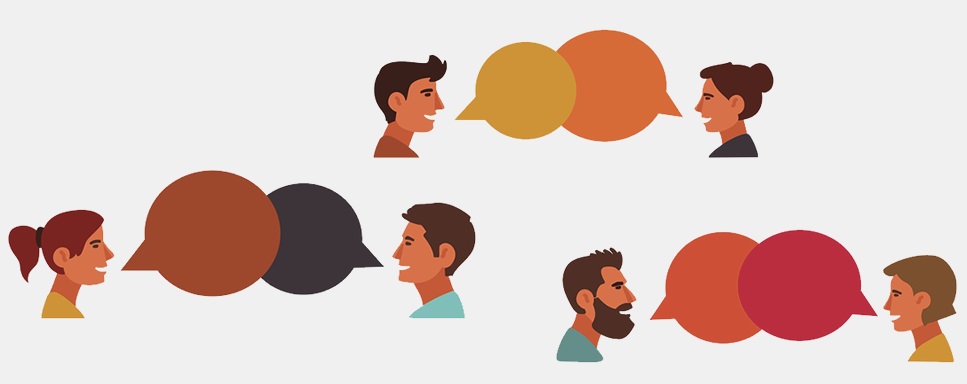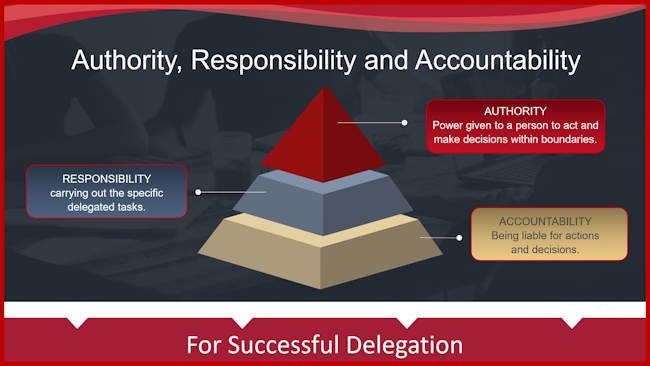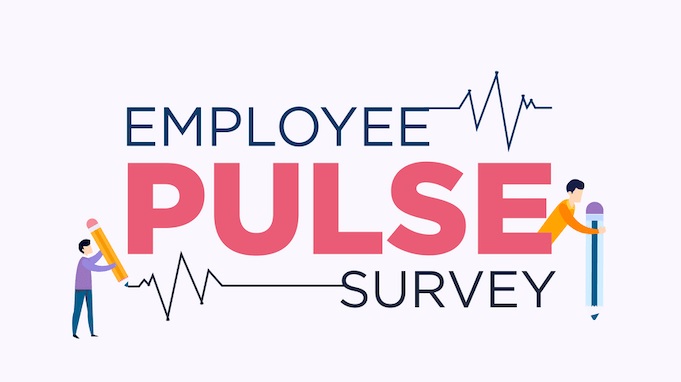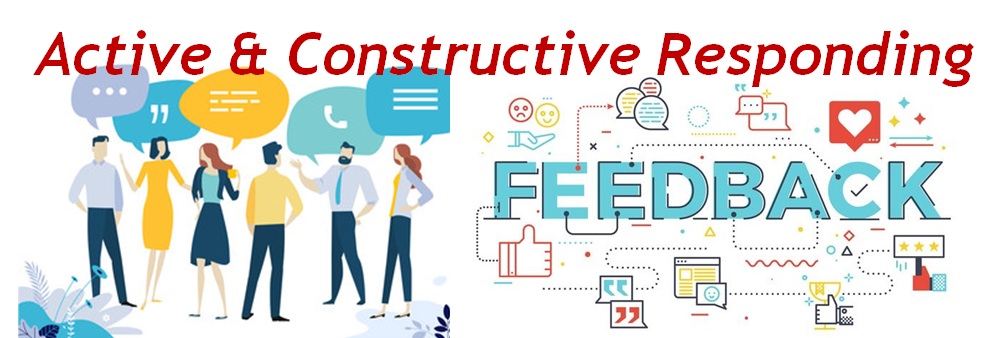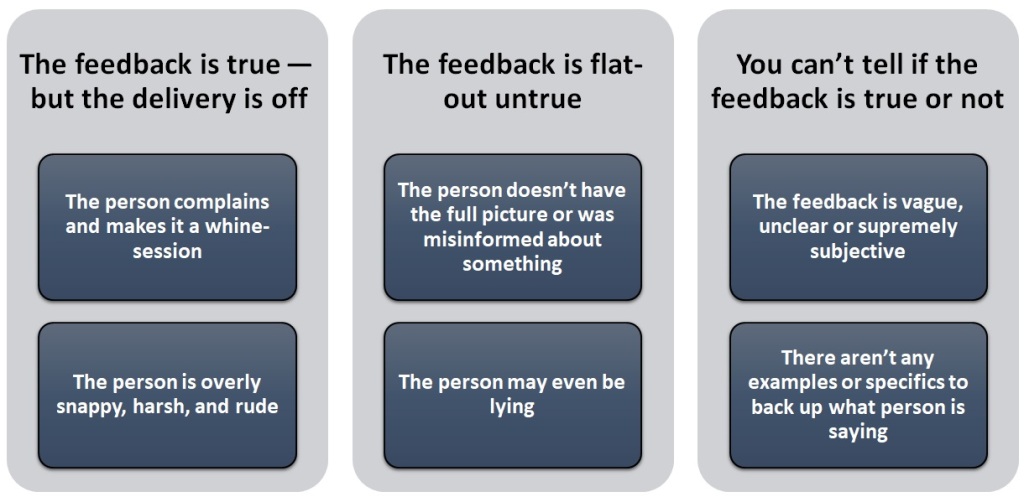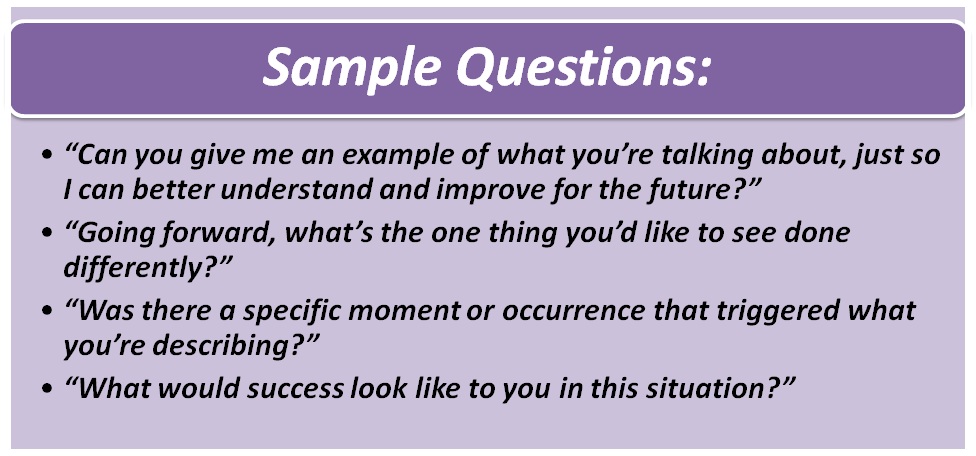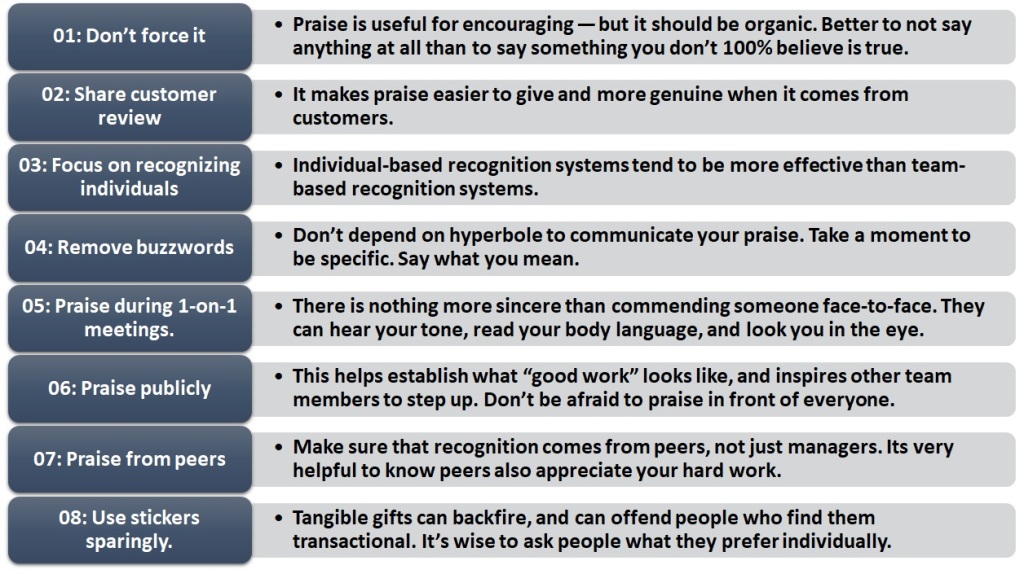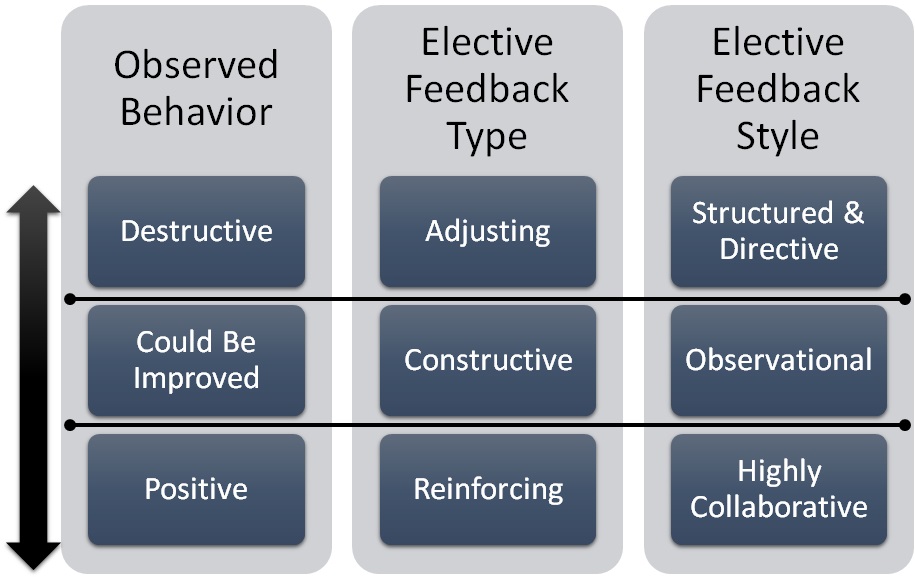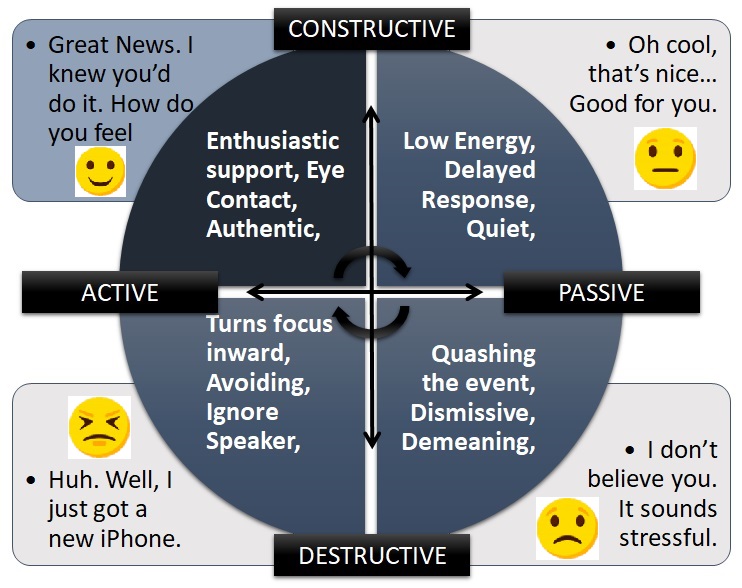
It is safe to assume that an overwhelming majority of the population has now participated in a videoconference. People who may not have even known how to start one six months ago now use them daily—and it is all beginning to feel normal. The technologies that we have all come to rely on have so seamlessly infiltrated our lives that it is easy to overlook their impact. But when we consider the repercussions of remote working, we will see that these platforms have taught us more than just how to use them. They have made us better leaders, collaborators, employees, and employers. Here are some lessons we did not realize we learned from the tools we use to work from home.
Lesson 01- Transparency is not so frightening after all: . . . .. . . . . . .

Many of us who came of age in the business world between the 1980s and the 2010s have an innate fear of letting a client see anything before it is “ready.” As businesses, we are entrusted to lead projects that constitute millions of dollars in revenue, which has led to the belief that if work is shared with a client before it’s “perfect,” then that trust will be lost. However, after five months of remote work during the most unpredictable time in most of our lives, it’s clear that nothing is perfect and the notion that we need to pretend it is has no place in our minds. Being open and vulnerable in business isn’t the worst thing in the world.
Lesson 02- Our significance is no longer tied to our location: . . . .. . . . . . .

Good talent is expensive. You get what you pay for, and the best talent in the world is either totally undiscovered or very successful (hence the high cost). Employers did not know what they could not see, so if you were not directly in front of them, they had no idea you existed. The global pandemic has completely changed that.
With budgets being slashed, offices closed, companies shuttering, and the gig economy being revitalized, we have all been forced to realize that remote work works. The past notions of “oh, they work in a metro/ tier 1 city, so they must be good” are gone, and as people across the country were able to refine their work-from-home setups and became familiar, even comfortable, with Slack, Zoom, Dropbox, etc., the playing field was levelled. The migration of talent and remote work reckoning will afford talented creators and businesspeople from across the globe more opportunities and shake businesses clean of the attitude that someone is less valuable if they are not in a big city. After all, in today’s world, if you have tech tools, Wi-Fi, and talent, you can get the job done.
Lesson 03- Our collaboration skills might want improvement: . . . .. . . . . . .

Between zoom, slack, chat, messenger, texting, and a good old-fashioned conference call or two, there are endless channels for socially distanced conversations to take place. But collaboration is something entirely different, and it is important to remember that talking is not co-thinking, and co-thinking is what gets things done. Energy, attitude, and personality cannot be ‘remoted’ through even the best fiber optic lines. (**quoted – Jerry Sinefield).
Every video call platform has managed to make it more obvious than ever how often team members speak over one another. It is an honest mistake, but even the slightest lag has taught many of us to wait our turn, take a second, and make sure we are not infringing on someone’s time to speak. This small change many have unconsciously implemented has made all the things that feed innovative thinking that much better.
The truth is that as humans, we adapt. Sometimes it happens so quietly that we don’t even notice. So, the next time we notice ourselves waiting our turn to speak, being more vulnerable with a client or co-worker, or not second-guessing our value, we can say a silent “thank you” to all of our work-from-home technology for helping us make positive changes from our couch.
Behaviours That Bring More Focus
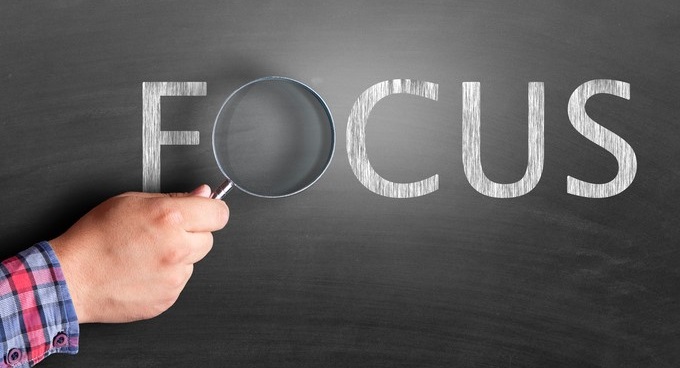
Focus seems to be the key. It’s hard to imagine achieving anything of value without given it due attention. And whether it’s in relation to family life, work or study, more focus enables more effective setting and achievement of goals. But while most of us can appreciate the benefits of focus, the path to becoming more focused is often elusive. This is especially the case in our modern world: where gadgets, social media and around-the-clock coverage of world events (and non-events) often serve to distract us.
One solution could be to simply avoid the same things highly focused people avoid. Study after study of highly focused (and not-so-focused) people has given us a good idea of the do’s and don’ts of maintaining attention and getting the job done. Here are some behaviours of focused people:
They do not focus their attention on being focused: . . . . . .. . It might seem counterintuitive, but recent research suggests the best way to gain and keep focus is not to try. In other words, maintaining focus could best be undertaken as a defensive sport. Allowing even 200 milliseconds of mental distraction (around 1/5th of second, i.e., the blink of the eye) can disturb our focus for up to 40 minutes. Getting distracted depletes both our physical energy and our brain power. For example, it uses up vital thinking resources and pushes us more quickly towards mental overload—a state wherein we are less able to make decisions. By contrast, placing effort on getting rid of random distractions regains our focus and preserves our scarce, mental reserves.
They reframe dull work to be interesting: . . . . . . . . . We are only focused when we’re interested in the topic. It is no surprise that if the task at hand is incredibly boring, we lose focus quickly. Nonetheless, seldom in life do we get to work things that are always interesting and engaging. For that reason, highly focused people reframe whatever work or tasks they have, to make them more “interesting”. For example, signing a bunch of documents might be reframed as a chance to reflect on the beauty (or ugliness) of your signature. Reading an exceptionally long and poorly structured client brief might allow thoughts of copyediting.
They never begin something without clear, realistic goals. :. . . . . . . . Goal setting is an entire sub-field of management behavioural science. One of its many insights is that setting clear goals increases productivity. However, the mechanism by which goals appear to boost productivity relates to focus: clear goals give a person an object of focus and helps them mark progress. And that leads to something else. The goal-setting literature says our objectives should be challenging; however, they should also be realistic. Goals that are set too high or too low undermines focus and, as a result, productivity.
They chase those goals with flexibility and agility: . . . . . . . .. At the same time, highly focused people do some things that seem counterintuitive. For example, they set goals but do not set rigid ways of achieving them. As a result, high focused people leave themselves open to exploiting opportunities that arise along the way. These opportunities might make their existing goals easer to reach or change them altogether. When people set out with a rigid plan of action towards achieving goals, they are mostly asking “how” and not “why”. Yet. while seemingly harmless, this subtle distinction reduces focus dramatically. For example, as we become bogged down in the details of pursuing a specific action plan, subconsciously, we get lured off-topic by distractions. Part of that might stem from frustrations in not responding to what is happening then and there. By contrast, asking “why” opens the doorway to accepting alternative approaches and revising what we are doing based upon new data. By doing all that, it helps us maintain focus out of maintained interest and engagement.
They use diversions strategically: . . . . . .. .. Diversions are not always bad. While it’s important to distinguish random distractions from those related to our undertakings, there’s even an important place for random distractions in maintaining focus. Brief, strategically timed distractions—often at various intervals while doing our work—helps us “bounce back” into focus. For example, highly focused people might walk outside to observe the hustle and bustle of city streets or go for a walk in nature or even have an irrelevant conversation as a bounce back strategy. The only caveat is if the distraction involves electronic devices—which, for other reasons—can operate on our brains through visual channels and detract from focus.
They prioritize the mind-soul-body connection:. . . . . . . .. Highly focused people understand that their physical, emotional, and even spiritual condition can influence their abilities to maintain attention. Sufficient sleep is important for maintaining focus, even though many believe “all-nighters” or crunching for deadlines are effective ways to work and focus. Highly saturated foods lead to poor focus, and even a slight amount of dehydration kills our attention and leaves our brains foggy.
Having aggressive emotions (such as produced by an argument or by reading a politically-explosive news article) can affect our abilities to reason for some moments after the event—apart from depleting our mental reserves as they arise. The many ancient practices of meditation and prayer offer different ways of gathering focus.
They never befriend their electronic gadgets:. . . . . . . .. Science shows that our devices distract our attention and deplete our focus substantially. That might seem obvious, when considering email or chats, but even the mere presence of a mobile phone near us, impairs our ability to focus. Studies have shown that our grey matter is pivotal in enabling us to switch tasks and regain focus, as well as process information, build memories and other vital functions. Not only is multi-tasking across electronic media distracting, it could progressively impair our abilities to focus over the longer term by affecting our grey matter.
Content Curated By: Dr Shoury Kuttappa


